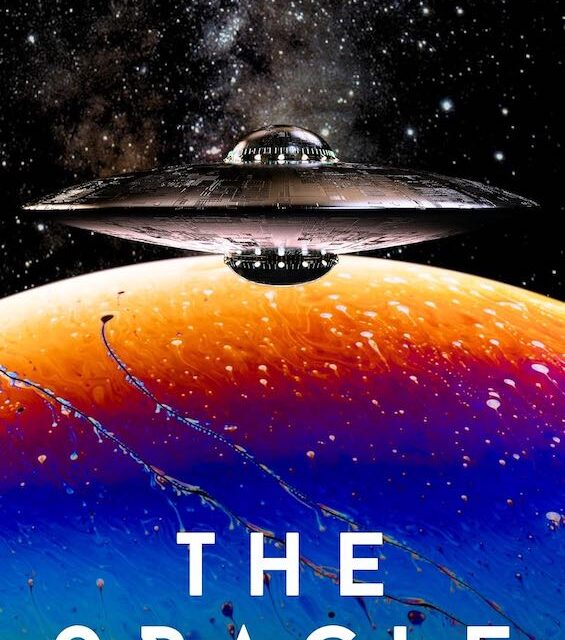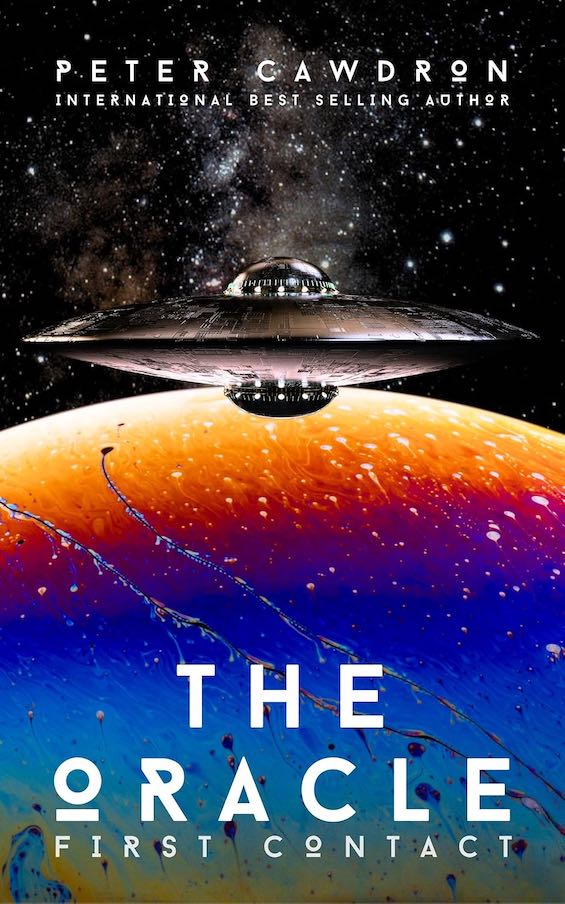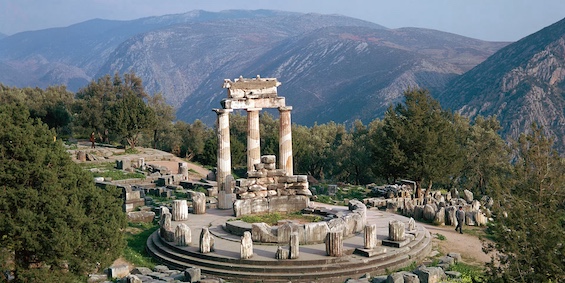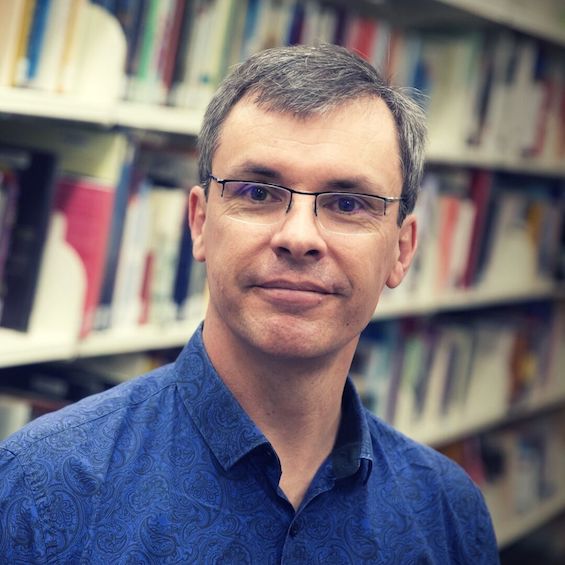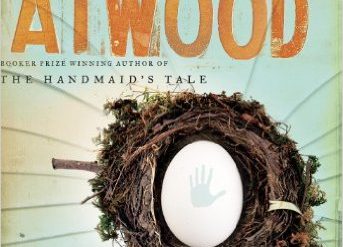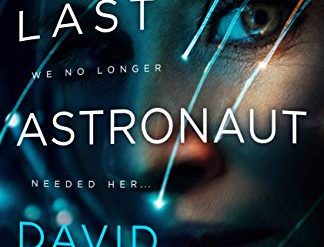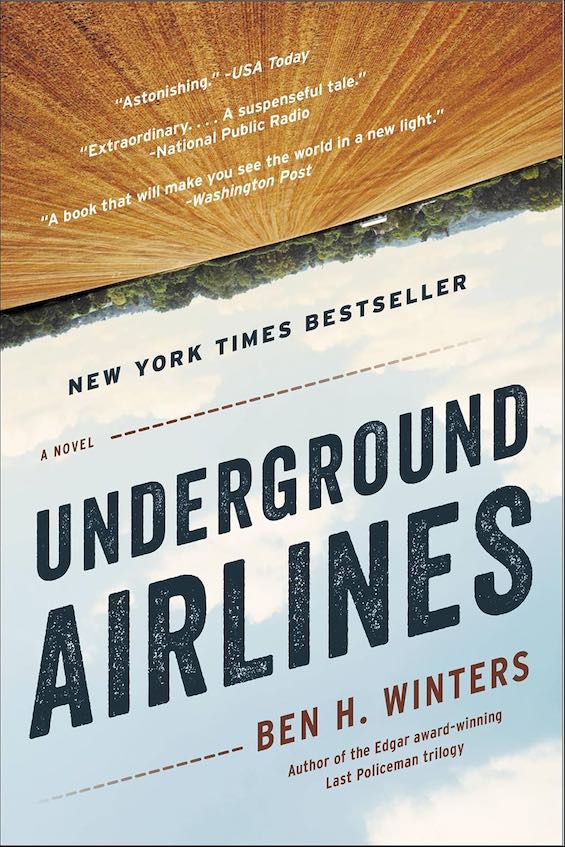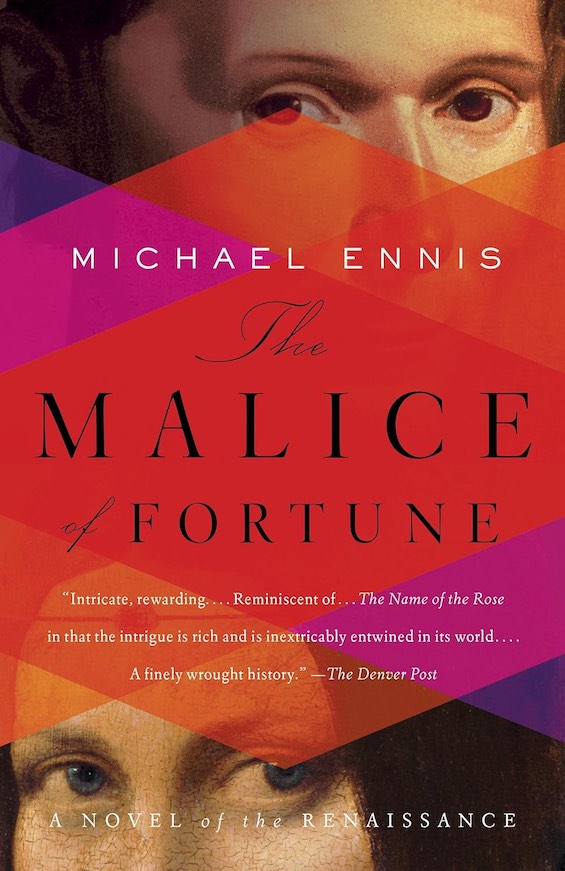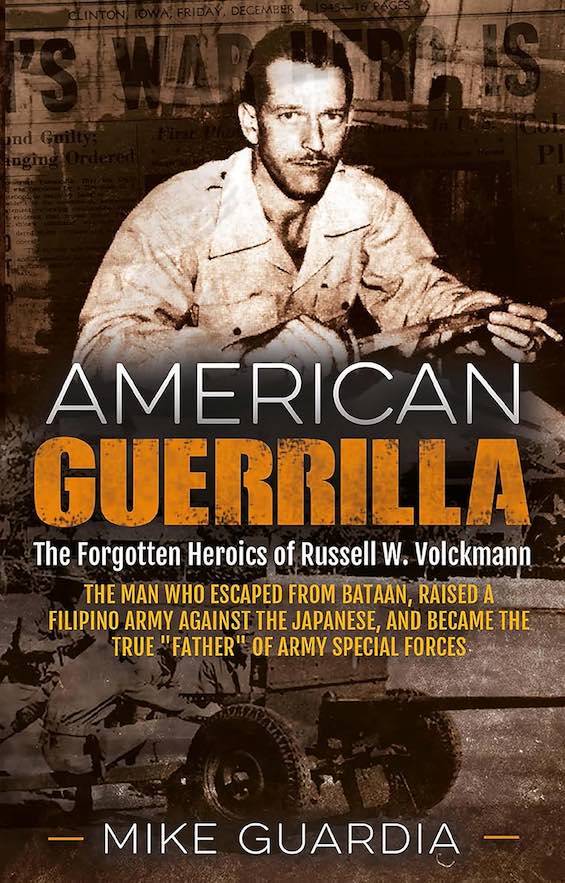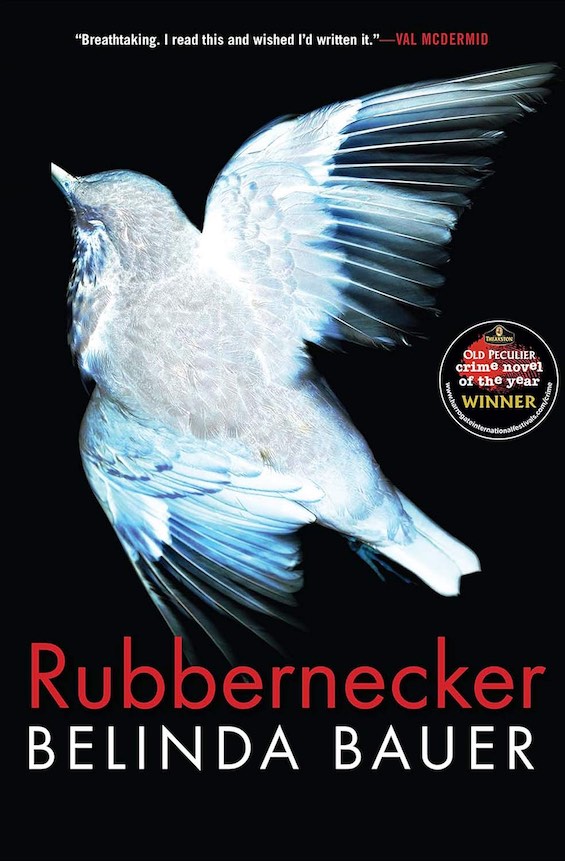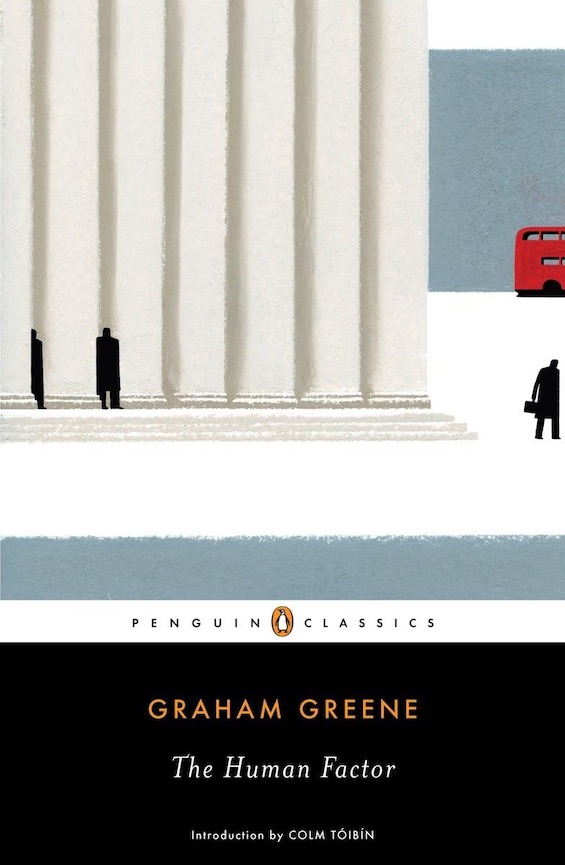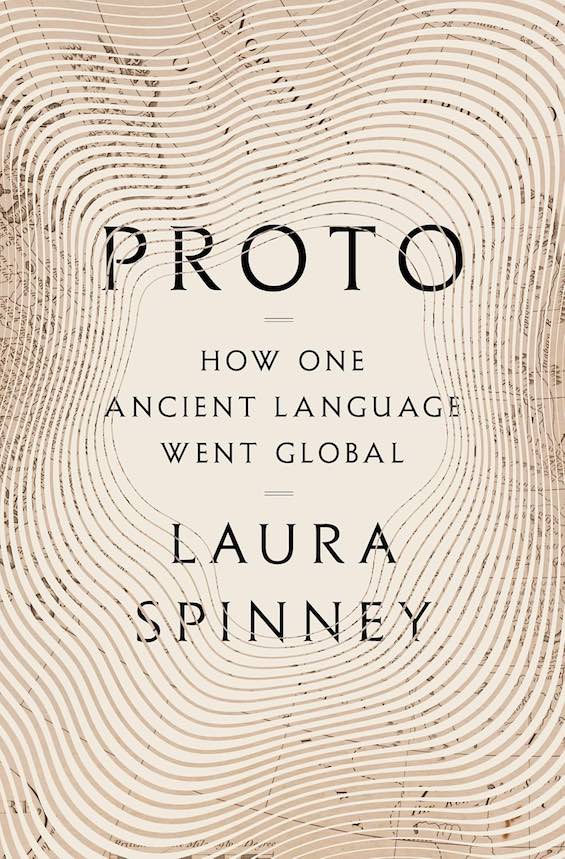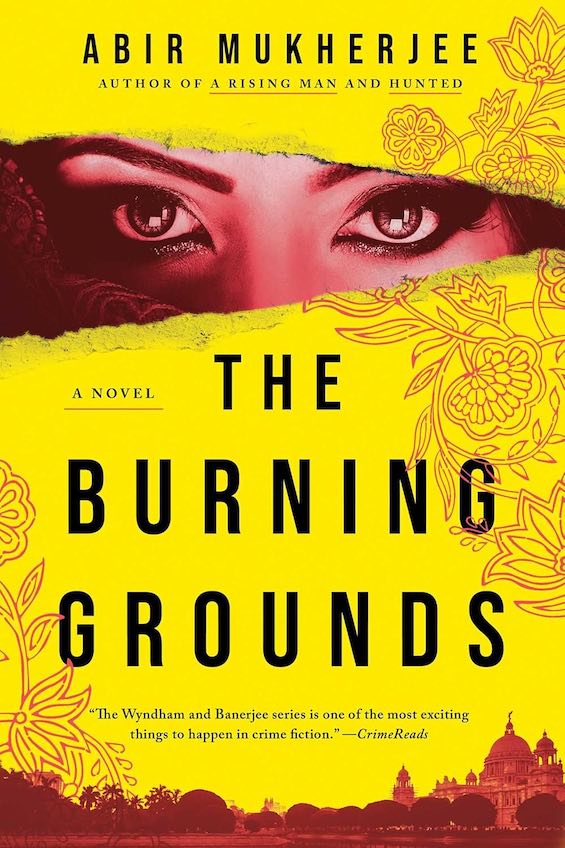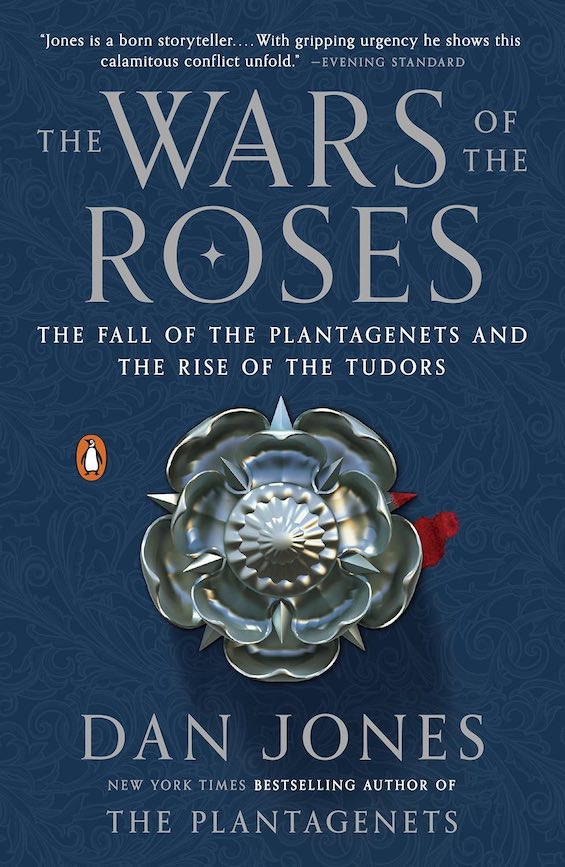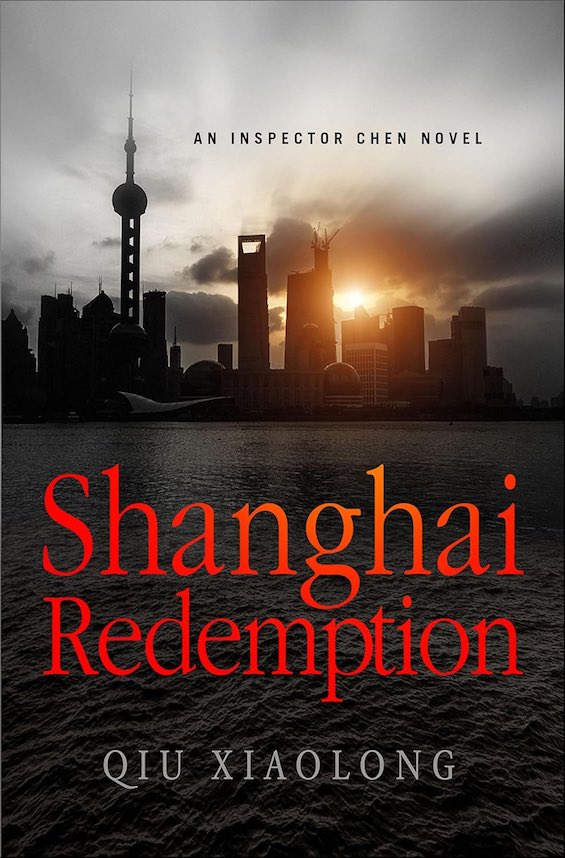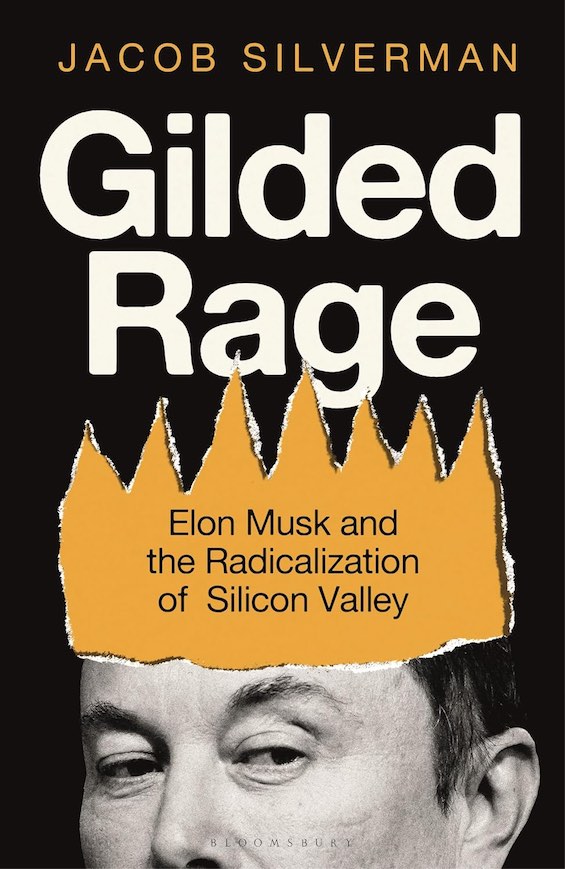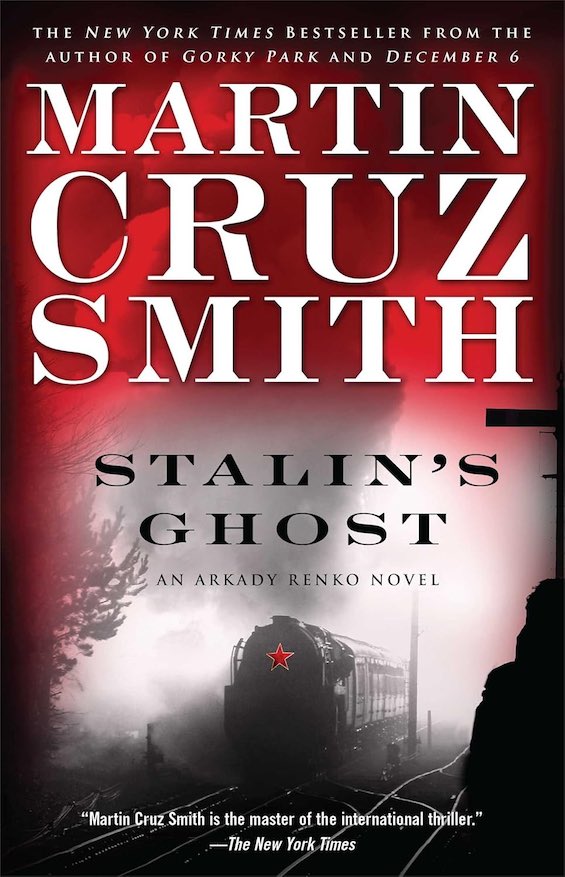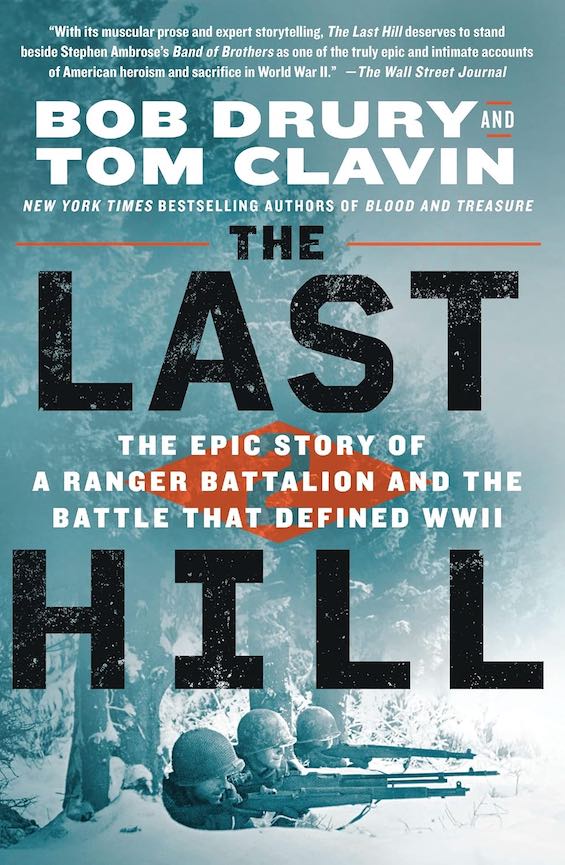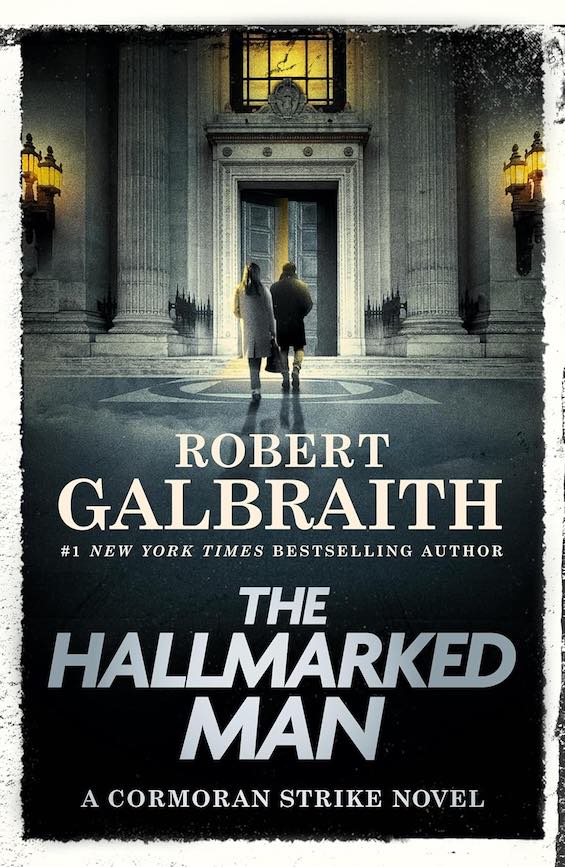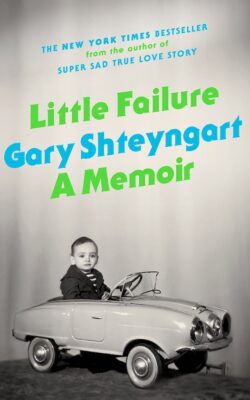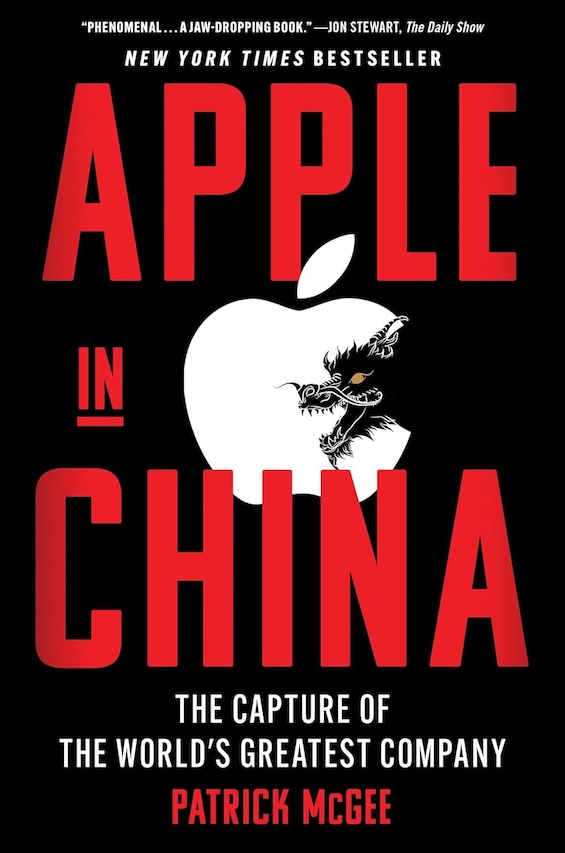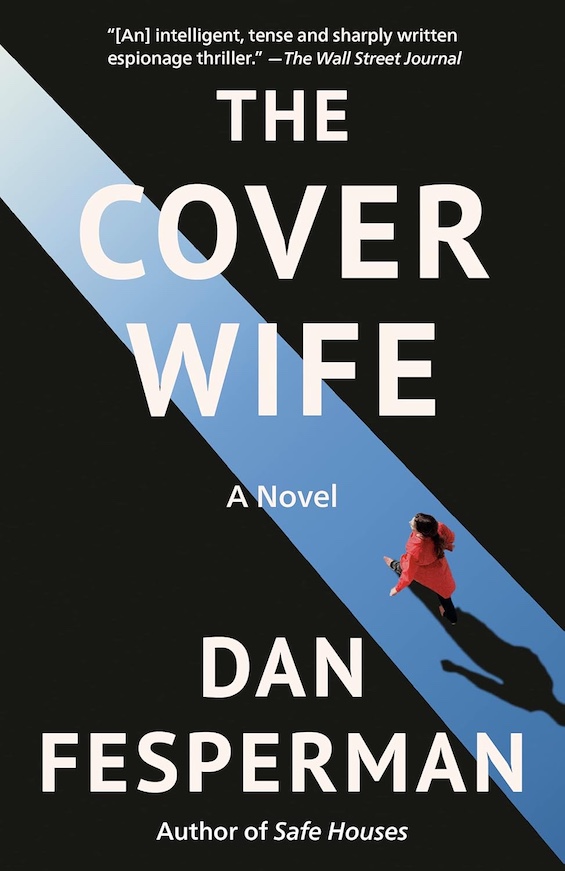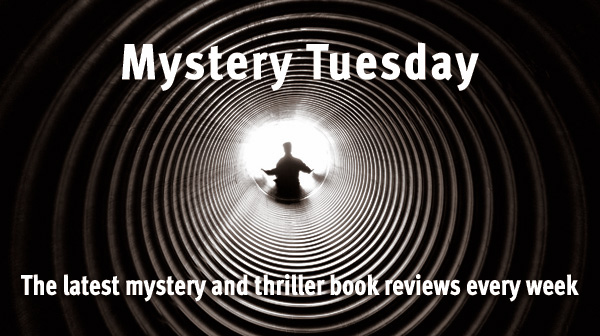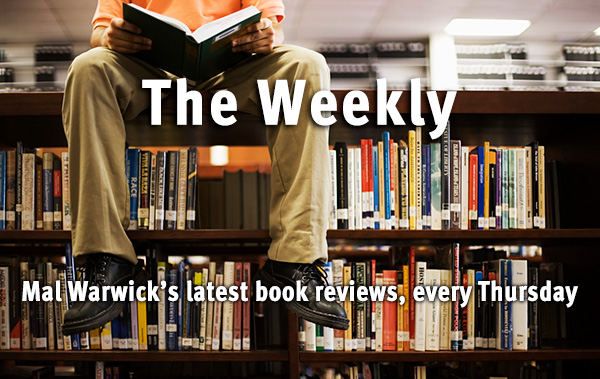We humans are a race of storytellers. Over the course of the 300,000 years that we have commanded the power of speech, we have huddled in caves, sat around campfires, recited epic poems, published books, produced stage-plays, and used modern media to tell our stories. But in fundamental ways even the most modern of those stories are little different from the tales told in the earliest days of our race. The window-dressing changes, the costumes and customs are different, but our stories today still dwell upon the timeless subjects. Birth, growth, and death. Love and hate. Joy and suffering. War and peace. Loyalty and betrayal. These same themes, elaborated in ancient Greek myths, come back to life in contemporary storytelling again and again. The Australian science fiction author Peter Cawdron makes skillful use of this protean material in the latest of his standalone First Contact novels, The Oracle.
A powerful story grounded in myth and history
The most compelling stories we tell are the simplest, with a single protagonist or two in tandem. And so it is in Cawdron’s The Oracle. The book is grounded in the ancient Greek myth woven around the historical figure of Oracle at the temple of Apollo at Delphi. The priestess advised both commoners and kings. In Cawdron’s version, we follow Sophia, the last descendent of the head priestess, and a brilliant German soldier named Karl Meier. Both are teenagers when they meet in the turmoil of World War II as the Wehrmacht prepares to abandon Greece to the British. Their lives intertwine for just one day around the Omphalos, which Cawdron frames as the eyes, ears, and voice of an extraterrestrial Oracle buried in a hillside near the village of Delphi. The novel is one of Cawdron’s very best. I loved it.
The Oracle (First Contact #30) by Peter Cawdron (2025) 332 pages ★★★★★
Two teenagers and an extraterrestrial scientist
Cawdron’s story dwells on the relationship between Karl and Sophia. But it’s interrupted on occasion by interludes set on the distant planet of Pythia where a scientist named Tor Mah tracks the transmissions from the Oracle.
- Sixteen-year-old Sophia is the granddaughter of the last fully trained head priestess of Delphi. Her grandmother died before she could instruct the girl in how to conduct herself in the presence of the Omphalos. (No one has had direct contact with the Oracle itself, which is deeply buried beneath an ancient spring.) So Sophia has taught herself how to interpret the predictions that come through the Omphalos.
- “Karl has never been outside of Germany before, but he studied classical languages and excelled in Greek literature in high school. He’s a prodigy.” And he is on a mission to Delphi to assist an eminent archaeologist who believes he can find the Oracle. Karl will be his interpreter. And when the pair succeed in locating and retrieving the Omphalos, the story takes a sudden turn into violence.
- On Pythia, we learn the Oracle’s backstory, its purpose and function, through the experiences of the scientist Tor Mah. Suffice it to say that it serves the inhabitants of Pythia, not those of Earth.
An AI summary of the novel
Because AI can do a better job summarizing a story than I can, I turned to my favorite chatbot, Claude (Sonnet 4.5). Below is the text that resulted. It’s word-for-word what Claude wrote, with three exceptions:
- I’ve deleted the distracting URLs linking the text to its sources,
- Added subheads to make the text easier to read, and
- Corrected the misinterpretation that Karl’s contact with the Omphalos represents First Contact rather than that of the ancient Greeks.
A secret mission for a Nazi “wonder weapon”
Set in late 1944 during the final days of World War II, The Oracle follows Karl Meier, a private in the German Army dispatched on a secret mission to occupied Greece as the Wehrmacht withdraws from the country. Karl is assigned to assist Professor Johannes Schmidt (also referred to as Professor Hans Schmidt in some sources) with an archaeological excavation at the ancient ruins of Delphi. Their mission is to locate a wunderwaffe—a “wonder weapon”—that Nazi leadership desperately hopes will turn the tide of the war in Germany’s favor.
Deep within a cave at the Delphi site, Karl makes an extraordinary discovery: a mysterious golden orb. When he touches the artifact, Karl establishes a connection with an alien intelligence that has remained dormant on Earth for thousands of years—the Oracle. This discovery transforms what began as a military operation into [modern] humanity’s first contact with extraterrestrial life.
A standalone novel in a series
The novel is part of Cawdron’s “First Contact” series, a collection of standalone novels that explore various scenarios of humanity’s initial encounters with alien life. Similar to anthologies like Black Mirror or The Twilight Zone, the series is connected by theme rather than recurring characters, allowing each book to be read independently. The series examines the social, political, religious, and scientific implications of first contact from different angles.
Peter Cawdron, a New Zealand/Australian science fiction author, specializes in hard science fiction—plausible stories that conform to known scientific laws rather than relying on fantastical solutions. His writing style shows the influence of classic science fiction authors such as Philip K. Dick, Arthur C. Clarke, and Michael Crichton.
Combining World War II history with science fiction
“The Oracle” combines historical World War II setting with speculative first-contact science fiction, raising intriguing questions about what might happen when desperate circumstances lead humanity to discover something far beyond their understanding. The novel explores themes of warfare, desperation, ancient mysteries, and the profound implications of encountering intelligence from beyond our world during one of humanity’s darkest periods.
About the author
Goodreads credits Australian science fiction writer Peter Cawdron with 74 books, including 33 in his ongoing First Contact series. (I count them a little differently, figuring The Oracle as number 30. I’ve reviewed all 29 previous works at Peter Cawdron’s insightful First Contact book series on Mal Warwick on Books.) Cawdron, born in New Zealand 1967, now lives in Queensland, Australia.
For related reading
You’ll find dozens of other books in this series of standalone novels at Peter Cawdron’s insightful First Contact book series.
For more good reading, check out:
- The five best First Contact novels
- The ultimate guide to the all-time best science fiction novels
- These novels won both Hugo and Nebula Awards
- The top science fiction novels
- 10 new science fiction authors worth reading now
And you can always find the most popular of my 2,400 reviews, and the most recent ones, on the Home Page.

